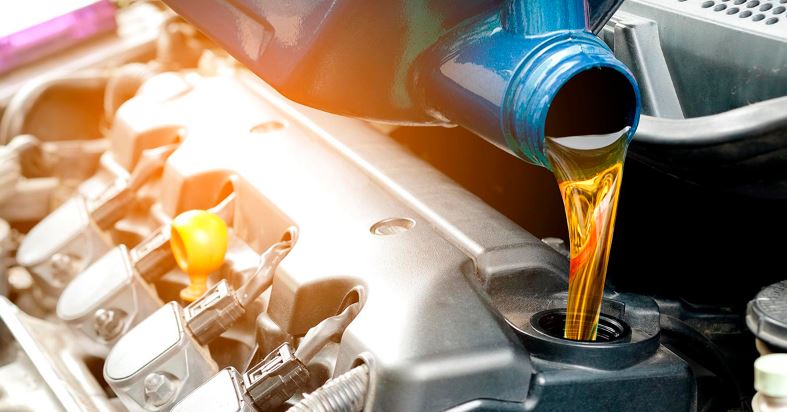Engine oils are classified based on their viscosity grades, which indicate the oil’s flow characteristics at different temperatures. The viscosity grade is represented by a combination of numbers and letters, such as 10W-40 or 5W-30. Here are some common viscosity grades and their characteristics:
- 0W, 5W, 10W:
- The “W” stands for winter, indicating the oil’s viscosity at low temperatures. Lower numbers indicate better flow at colder temperatures, providing easier cold starts and better cold-weather protection.
- These grades are suitable for colder climates or for vehicles that experience cold starts frequently.
- 15W:
- Similar to 0W, 5W, and 10W oils, 15W oils offer good cold-weather performance but are slightly thicker at low temperatures.
- Suitable for colder climates or for vehicles that may not require the extremely low viscosity of 0W, 5W, or 10W oils.
- 20W, 25W:
- These oils have higher viscosity at low temperatures compared to 0W, 5W, 10W, and 15W oils.
- They are suitable for moderate to warmer climates or for older engines that may benefit from slightly thicker oil.
- 30, 40, 50:
- The numbers without the “W” indicate the oil’s viscosity at high temperatures. Higher numbers indicate thicker oil at high temperatures, providing better protection against heat and engine wear.
- These oils are suitable for warmer climates or for engines that operate at higher temperatures, such as those in heavy-duty applications or towing.
When choosing the most suitable viscosity grade for your vehicle, consider the following factors:
- Manufacturer recommendations: Consult your vehicle’s owner’s manual for the recommended viscosity grade.
- Climate: Choose a viscosity grade that matches the temperature range of the environment where you typically drive.
- Engine condition: Older engines or those with high mileage may benefit from slightly thicker oil to maintain proper lubrication and protect against wear.
- Driving habits: Consider factors such as stop-and-go driving, towing, or high-performance driving, which may affect the oil’s operating temperature and viscosity requirements.
Ultimately, selecting the right viscosity grade ensures proper lubrication, engine protection, and performance for your vehicle under various operating conditions.
Best Engine Oil for cars in Pakistan:
For Pakistan’s climate, which typically ranges from hot to very hot temperatures, a motor oil with a higher viscosity grade at high temperatures would be more suitable. Therefore, motor oils with viscosity grades like 20W-50 or 15W-40 would be recommended.
Here’s why:
- 20W-50: This oil is thicker at high temperatures, providing better protection against heat and engine wear. It’s suitable for warmer climates like Pakistan’s and can handle the extreme heat common in many parts of the country.
- 15W-40: While still offering good protection at high temperatures, 15W-40 flows slightly easier at low temperatures compared to 20W-50, making it a versatile choice for regions with variable climates or for vehicles that may operate in colder conditions occasionally.
Both of these viscosity grades are commonly used in Pakistan and are suitable for a wide range of vehicles, including cars, motorcycles, and trucks. However, it’s essential to consult your vehicle’s owner’s manual and consider factors such as engine age, mileage, and driving conditions to determine the best oil for your specific vehicle. Additionally, using a reputable brand of motor oil that meets the required specifications and standards is crucial for maintaining engine performance and longevity.

